The Current Status of Continuous-Seizure Management
ACEP Now
JULY 7, 2024
35-year-old man presents by EMS with seizures. According to family at the scene, he has a history of seizures but has not been taking his medication recently. On arrival, he is obtunded, foaming at the mouth, and exhibiting generalized tonic-clonic seizure activity. Clinical Question » How should status epilepticus be diagnosed?

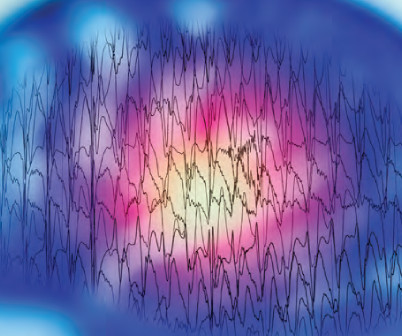


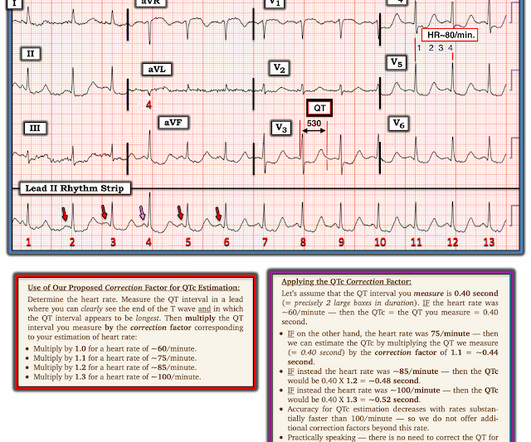

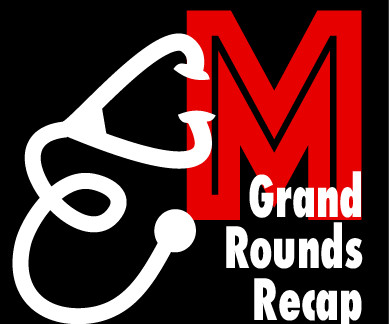

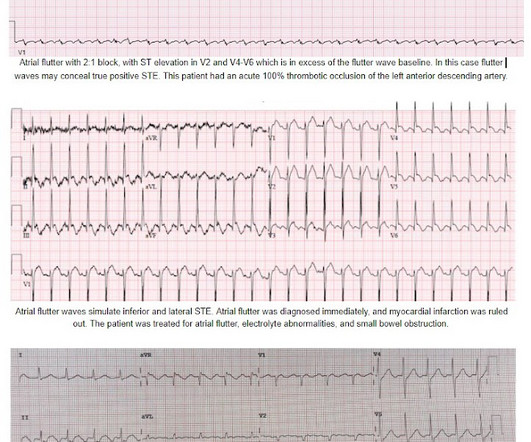














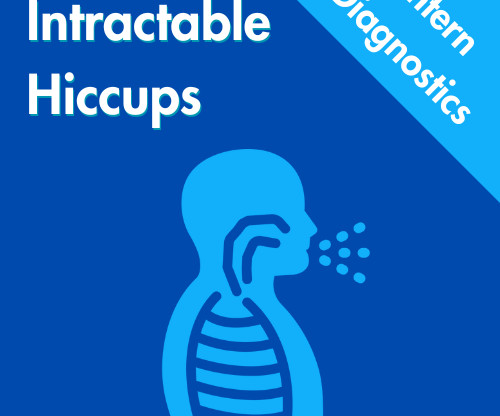










Let's personalize your content